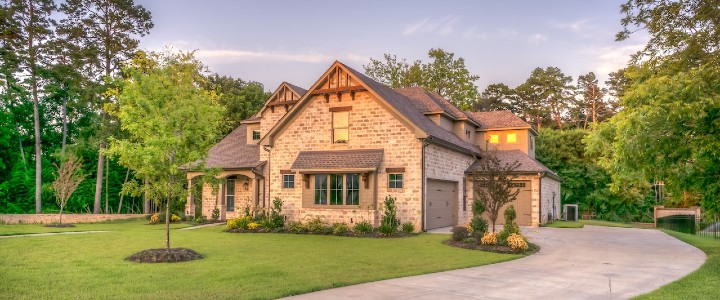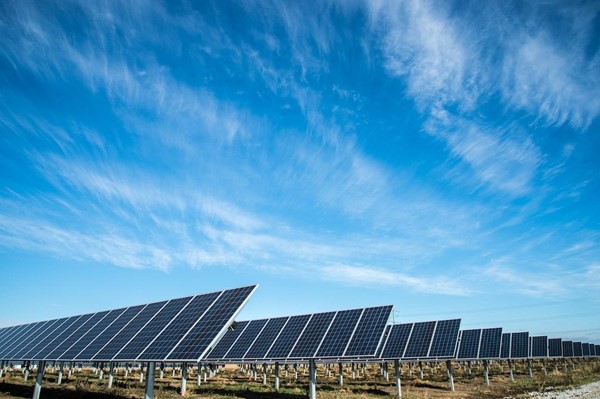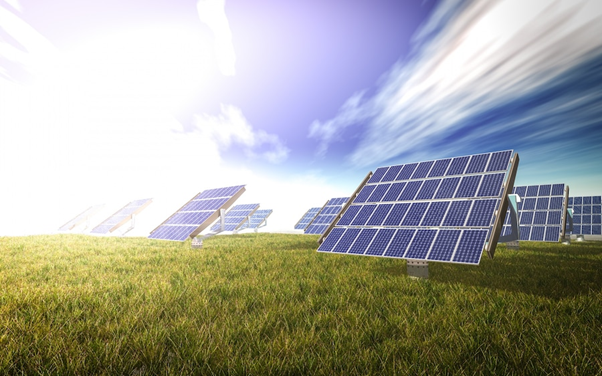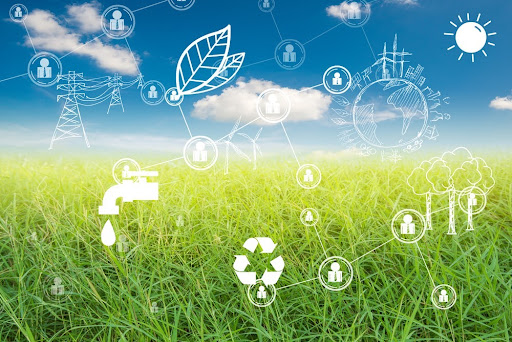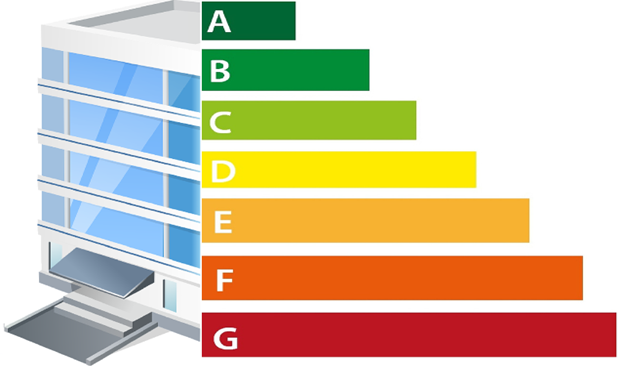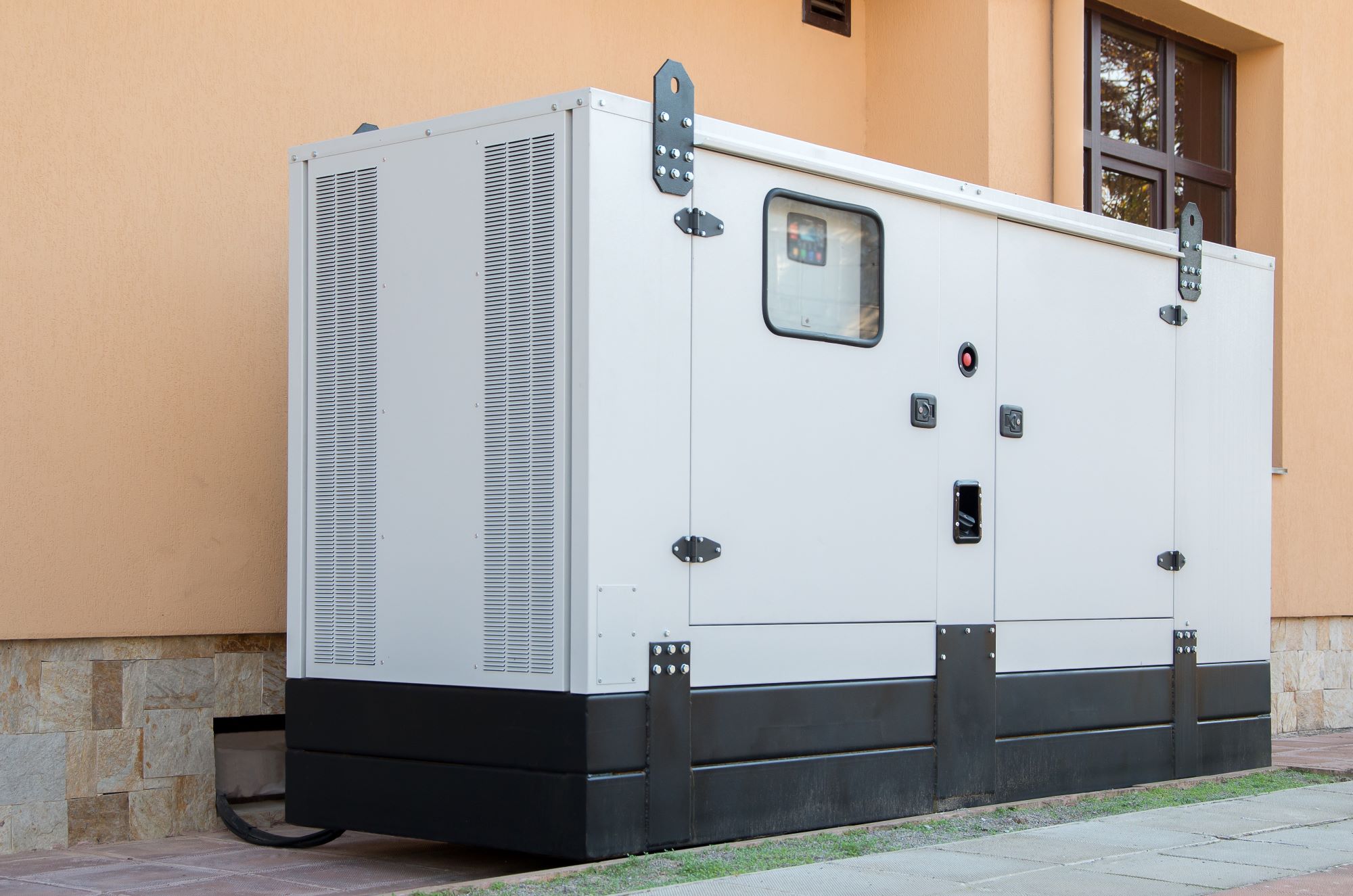Hillary Clinton Sets Ambitious Goal for Green Energy in the US
Photo credits: a katz / Shutterstock.com
The Democratic Candidate is Planning to Make America a “Green Superpower”
Renewable energy is still a hot topic in the United States, and among the central ones in the current presidential campaign. There seems to be a strong divide between Republican and Democratic candidates about the reality of global warming, with Jeb Bush and Donald Trump labelling themselves as “skeptics” and ignoring the issue in their agendas. On the other hand, Democratic candidate Hillary Clinton is following in Obama’s steps and including a strong green energy plan in her campaign.
A bold move
Clinton’s plan is twofold and is based on one the fastest growing green energy sources: solar. By the end of the first term, she plans to obtain seven times more solar capacity than the country currently has, by installing half a billion solar panels. The second goal is to cover ⅓ of the nation’s energy demand with solar energy within 10 years. The plan carries a high upfront cost: at current prices, it would require around $67 billion on an annual basis. However, solar technologies are improving fast and their prices keep dropping, which would help make the transition less costly. This rapid growth is what would make the plan doable despite its price tag, and recent predictions are showing promising numbers, with an estimated 27% increase of photovoltaic installations next year.
The main issue this plan has to face is the incentive scheme it would need in order to work. American citizens, used to relatively low energy costs, would need to be convinced to make the switch and may value savings much more than helping the environment. On the other hand, too-high subsidies could hurt the industry in the long term, which has become a central political issue in countries like Germany and the UK.
Why solar?
Choosing to focus almost solely on solar energy is a controversial move, since wind energy has a much larger share of the US total energy production (4.4% compared to 0.4%). Wind energy is actually cheaper than solar, although the gap is getting smaller each year. Under Obama’s Clean Power Plan, wind energy could account for 20% of the total within 15 years. However, solar power has a stronger impact on bill payers because it offers more freedom from regulations, which is why even some Republicans are supporting it.
Assuming that the 33% target is eventually met, the government would have to face a whole new set of issues. In fact, the country would still need backup power provided by traditional, coal-burning power plants, feeding the grid to which all solar-powered houses are still connected. If the distribution of renewables is uneven, backup capacity should be built accordingly. Clinton’s message is a great step in the right direction, but constraining the policy on solar alone might ultimately be very costly.
Read More: Solar Energy Reports Dramatic Growth Across the Globe










